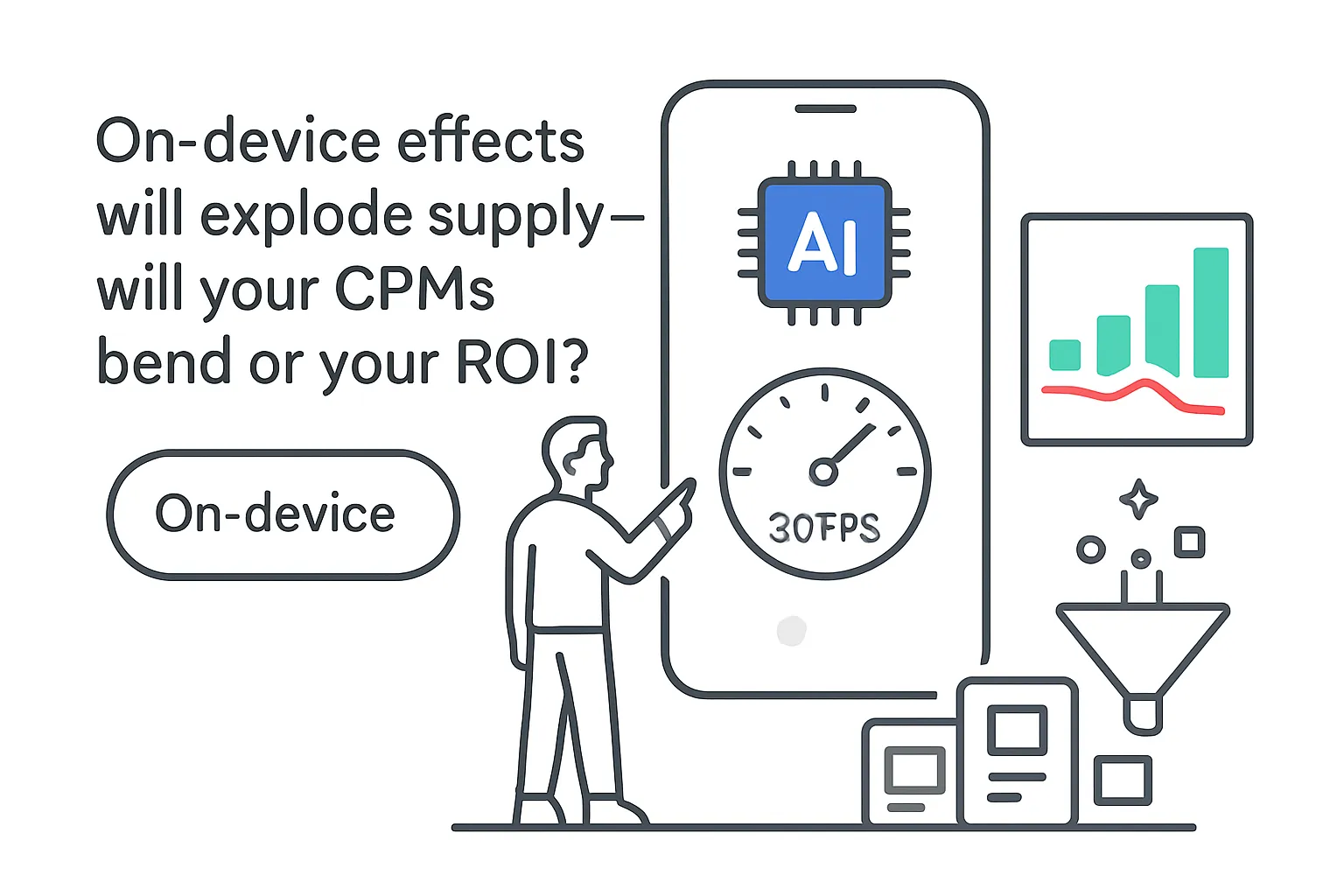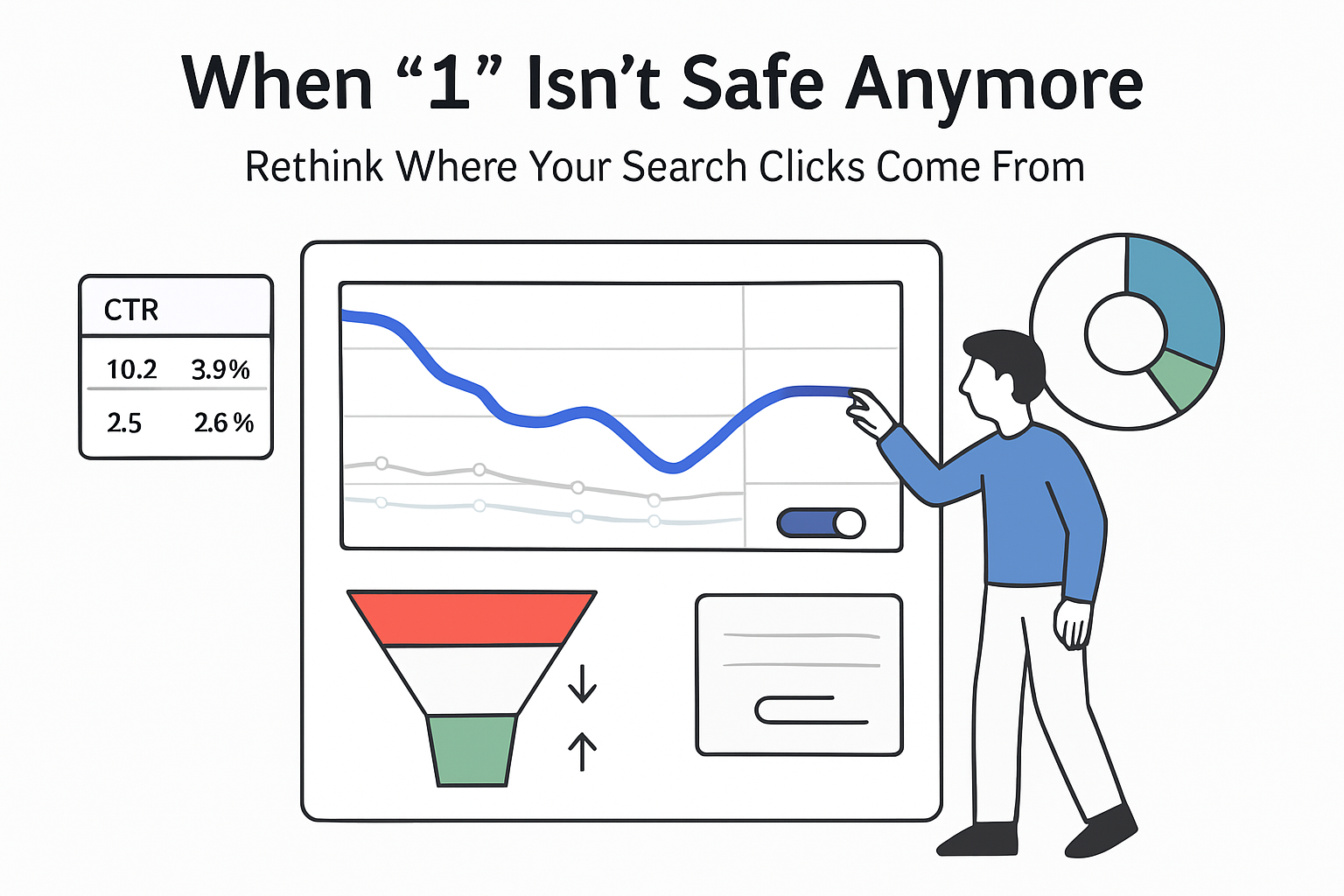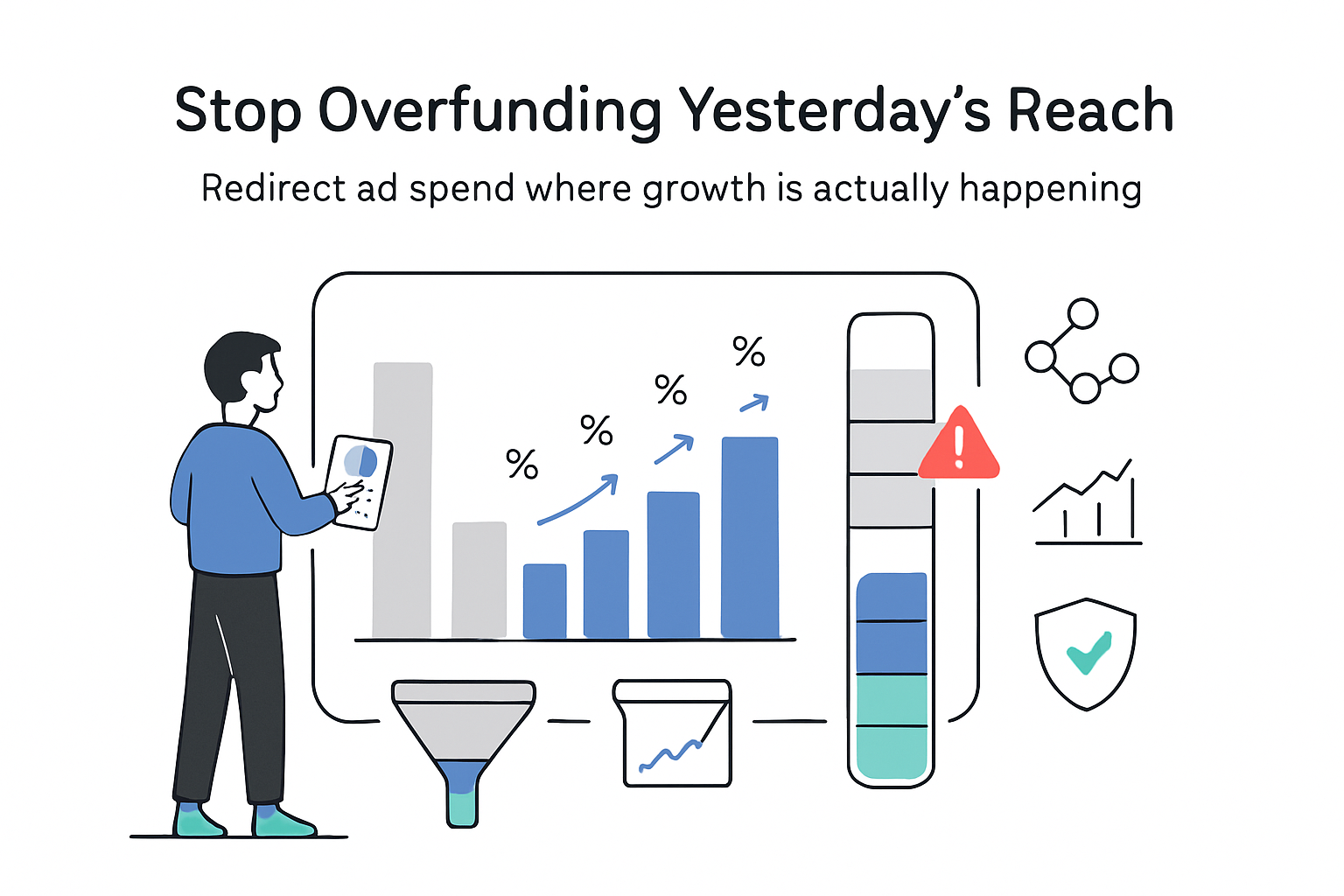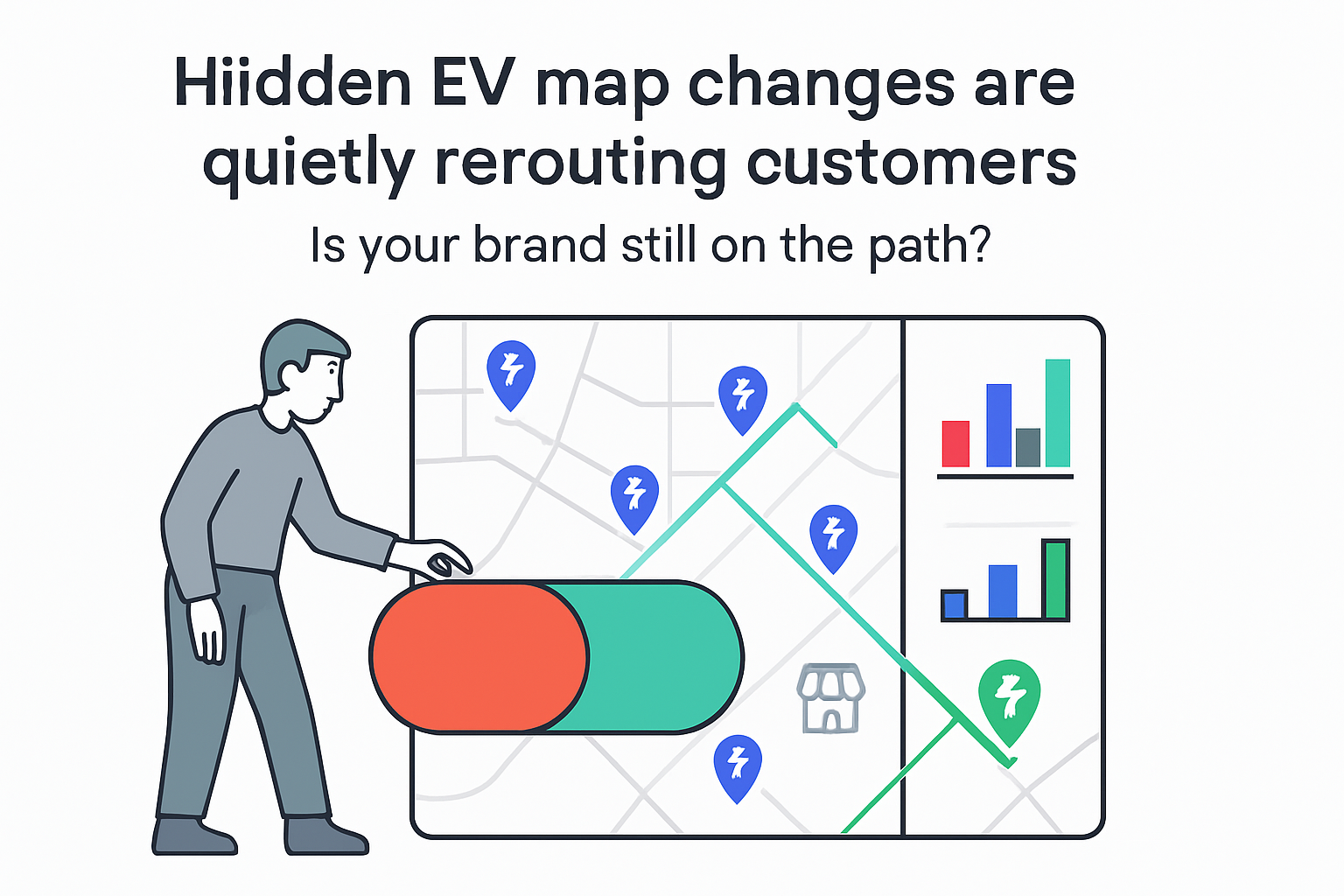YouTube's move to on-device, real-time generative AI effects for YouTube Shorts should reduce capture friction and improve creative quality, expanding content supply and watch time. For marketers, expect a near-term rise in Shorts inventory, modest CPM pressure, and a path to effect-native creative and potential branded effects - tempered by device fragmentation, brand safety, and disclosure requirements.
YouTube real-time generative AI effects and Shorts economics
YouTube has shifted heavy generative modeling off the cloud and onto phones by distilling large teacher models into compact students via knowledge distillation that hit real-time performance in the camera. The mechanics matter: when creators can see effects live at or above 30 FPS, they record more, need less post-production, and publish faster. That expands the pool of Shorts and, typically, total watch time. More supply can compress CPMs unless demand keeps pace.
Identity-preserving methods such as Pivotal Tuning Inversion and a diverse training set aligned to the Monk Skin Tone Scale reduce uncanny outcomes that stall adoption. On-device processing via MediaPipe also eases privacy and cost concerns, making wider rollout and prospective branded-effect products more feasible.
Key takeaways
- Expect more Shorts inventory and slight CPM drift: With real-time effects at 30 FPS and sub-11 ms inference on common devices, creator friction drops. Modeled range (assumption): 3-7% watch-time lift, 2-5% CPM compression over 6-12 months if demand lags supply. Monitor eCPM and adjust bids or targets accordingly.
- Creative needs to be effect-native: Ads and organic Shorts that mirror popular effects tend to index higher on completion. Build variants that use current effect IDs, A/B test with and without the effect, and measure first 2 seconds and 50% or 100% view rates.
- Lower compliance surface, new disclosure tasks: On-device processing reduces data movement - useful in regulated categories. But face-editing (smile, makeup, cartoonization) requires clear disclosure and brand-safety review to avoid misrepresentation risk.
- Plan for device fragmentation: Latency targets are met on newer chips; mid and low-tier phones may still drop frames. Test across device tiers to avoid skewed performance.
- Prepare for branded effects: Given the architecture and cost profile, branded-effect inventory is a logical next step. Build early playbooks now - legal review, asset pipelines, measurement - even before a formal product launch.
Situation snapshot
- Trigger: Google Research detailed how YouTube ships real-time generative AI effects for Shorts using knowledge distillation, MobileNet and UNet students, identity-preserving inversion, and on-device MediaPipe pipelines [S1].
- Facts:
- 20+ real-time effects active on Shorts, including examples like Always smile, Pink dewy, and Toon 2. The pipeline targets 30 FPS (<=33 ms per frame) [S1].
- Student inference latency: ~6 ms (Pixel 8 Pro on Tensor G3), ~10.6 ms (iPhone 13 GPU) [S1].
- Teacher models progressed from StyleGAN2 and StyleCLIP to Imagen; identity preserved via Pivotal Tuning Inversion; data curated against the Monk Skin Tone Scale with occlusion and accessory augmentations [S1].
- Runtime: MediaPipe Face Mesh detection and alignment followed by student inference and composite onto the frame with GPU acceleration. See MediaPipe Face Mesh [S1].
- Tech powering Shorts since 2023; forward path includes Veo 3 and improved performance for entry-level devices [S1].
- Demonstrations: Google Research has shown a real-time Cartoon style edit and expression or mask effects such as Never blink and Risen zombie.
Breakdown and mechanics
- Workflow economics: Real-time effects in camera cut capture friction.
- Latency drop (cloud round-trip to on-device ~6-10.6 ms) plus WYSIWYG preview increases the probability of recording and publishing.
- Identity preservation and diverse training data lower uncanny failures, lifting effect adoption rate.
- On-device inference reduces per-session serving cost and privacy flags, enabling broader rollout and more effect slots.
- Cause chain: On-device speed and quality drive higher creator adoption - more Shorts uploaded - more watch time - higher ad impression supply - CPM pressure if demand is flat.
- Student model specialization: Distillation creates per-effect students optimized for mobile; neural architecture search on depth and width multipliers balances quality and speed. Quality matters for engagement - cartoonization or makeup that preserves facial detail reduces early swipes and lifts completion.
- Discovery levers: YouTube effects have public IDs and URLs. Content tagged with an effect can ride effect-level discovery and trend pages. Aligning with rising effect IDs (for example, Pink dewy) can increase distribution.
- Official stance vs likely community view:
- Official: high-fidelity, identity-safe, inclusive training, 30 FPS targets [S1].
- Community likely focus: edge-case artifacts on non-frontal faces and occlusions, bias across tones, battery drain on mid-tier devices, and pressure to label altered faces. These will shape adoption and policy.
Quantification (assumptions for planning)
- Creation lift model: If 30% of active creators adopt effects and increase weekly output by 10-20% due to lower friction, platform-wide supply could rise ~3-6%.
- Retention model: If effect-native hooks improve 3-second hold by 0.8-1.5 percentage points, completion could rise ~0.5-1.0 pp, supporting a 2-4% watch-time gain via ranking effects.
- Pricing model: If supply growth outpaces demand by ~3-6%, platform CPMs could soften 2-5% in the near term, stabilizing as demand follows and as YouTube introduces new effect-led ad products. These are directional estimates, not measurements.
Impact assessment
Paid - YouTube Ads on Shorts
- Direction: Inventory up; CPM mildly down near term; CTR and holds improve for effect-native creatives.
- Beneficiaries: DR advertisers and agile brands that iterate rapidly; creators with vertical-first pipelines.
- Disadvantaged: Rigid brand campaigns tied to fixed CPM planning; teams without vertical creative muscle.
- Actions:
- Watch: CPM, CPV, vCPM on Shorts specifically; frequency distribution; completion at 25, 50, 100%.
- Test: Effect-adjacent creative that matches active visual grammars, opening hooks, and text overlays tied to current effect trends.
- Controls: Update brand suitability and adjacency settings if horror or face-morph effects could conflict with guidelines.
Organic - Channel and growth
- Direction: Earlier publish cycles and more effect-led concepts can raise distribution.
- Actions:
- Tag videos with the effect ID when used; monitor effect pages for rising trends.
- Run holdout tests: same script with and without the effect; compare CTR, 3-second hold, and average view duration.
- Build a weekly effect calendar and design 2-3 modular variants per theme.
Creative and production
- Direction: Less post needed; more in-camera creation.
- Actions:
- Build mobile capture kits and shot lists that pair with the top effects in your niche.
- Pre-render backup cuts for mid-range devices where real-time quality drops; ensure visual parity across device tiers.
Operations, privacy, legal
- Direction: On-device processing reduces data transfer; identity edits require disclosure.
- Actions:
- Add on-screen or description-level disclosure when faces are altered (makeup, smile, cartoon).
- Include effect QA across skin tones, glasses, facial hair, and occlusions; document failure modes.
- Watch battery and performance impacts in field tests; avoid long takes on older devices to limit dropped frames.
Commerce - speculative
- Direction: Makeup, hair, and cartoon effects suggest virtual try-on and shopping tie-ins.
- Actions:
- Prepare product feeds and measurement plans for when YouTube pairs effects with shopping surfaces.
- Prototype effect-native product demos that match existing effect vocabularies.
Scenarios and probabilities
- Base - likely: Effect adoption grows steadily; watch time +3-7%; Shorts CPM -2% to -5% near term; branded effects pilot in select markets; performance stabilizes as advertisers adapt creative.
- Upside - possible: Rapid creator uptake; watch time +8-12%; CPM stable as demand follows and new formats add budget; strong lift in completion for effect-native ads.
- Downside - edge: Quality or bias concerns or device performance issues limit adoption; minimal change to watch time; no meaningful CPM movement; stricter labeling rules reduce brand appetite for face edits.
Risks, unknowns, limitations
- Adoption metrics are not disclosed - uncertain how many creators will use effects regularly.
- Device fragmentation: latency data cited for higher-end phones; entry-level performance is a work in progress [S1].
- Measurement gaps: limited public data on how effect use shifts completion and CTR vs control content.
- Policy movement: potential requirements to label altered video could affect engagement and brand appetite.
- Falsifiers: Platform data showing flat creation rates post-launch, negligible retention uplift for effect-tagged Shorts, or CPM stability despite supply increases would contradict the modeled outcomes.
Sources
- [S1] Google Research, 2025-08-21, blog post, "From massive models to mobile magic: The tech behind YouTube real-time generative AI effects."
- YouTube Shorts
- Pink dewy
- Cartoon
- Toon 2
- Monk Skin Tone Scale
- Knowledge distillation
- StyleGAN2
- StyleCLIP
- Imagen
- UNet
- Pivotal Tuning Inversion
- Neural architecture search
- MediaPipe
- MediaPipe Face Mesh
- Never blink
- Risen zombie
- Always smile
- Veo 3
Validation: Thesis, drivers, cause-effect, quantification with stated assumptions, perspectives, and actionable steps are included with source citations. If YouTube releases adoption or watch-time deltas, revisit CPM and creative impact estimates.








.svg)